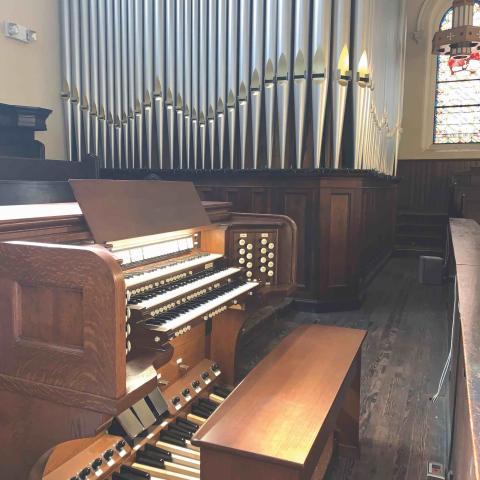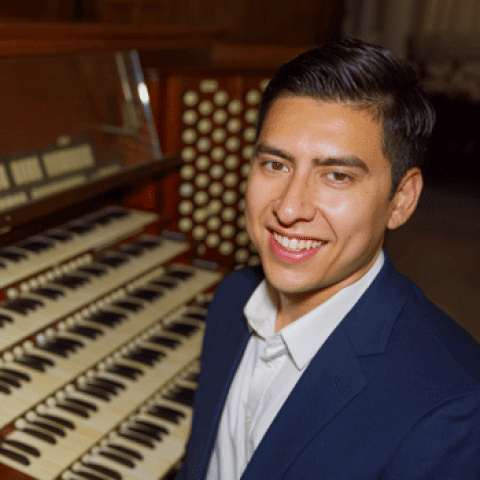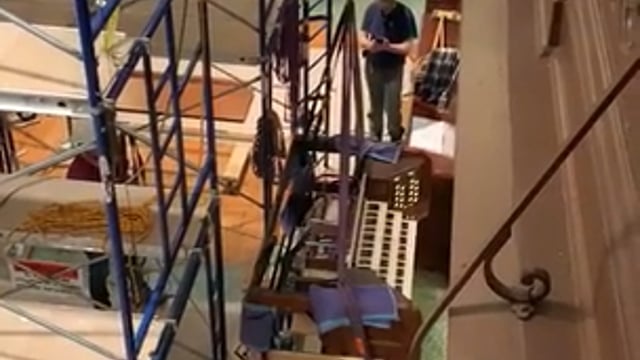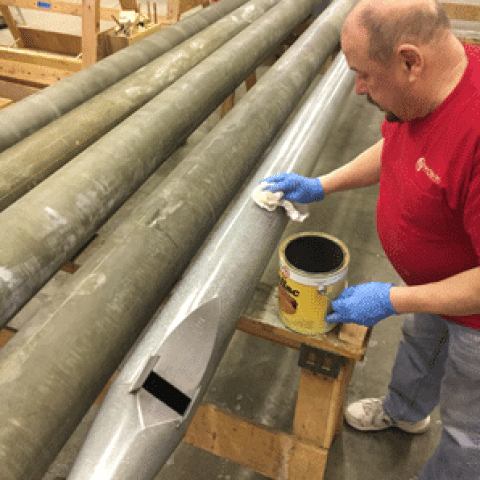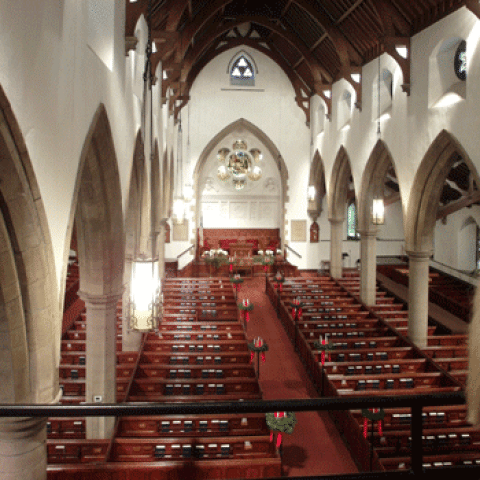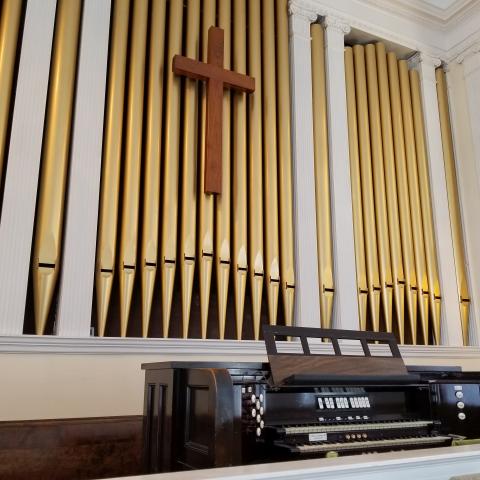
Foley-Baker, Inc., Tolland, Connecticut, has renovated and reinstalled Aeolian-Skinner Opus 908 at Holy Cross Catholic Church, New York, New York.
Installed in 1933, the organ had been removed to storage ten years ago during a church redecorating project. That project exhausted funds for the organ’s return. After several changes of church administration, eight years later funding was secured for the organ’s total reconditioning and reinstallation.
Opus 908 comprises 29 ranks, 25 stops, and 1,927 pipes over three manuals and pedal.
The Foley-Baker project is the cover feature of the June issue of The Diapason.
For information: foleybaker.com
Other recent restoration announcements:
Central Missouri State University, Quimby project for Austin organ

